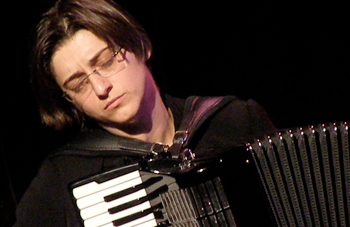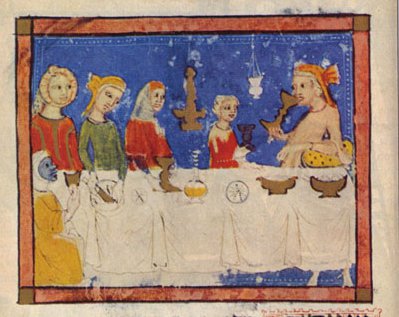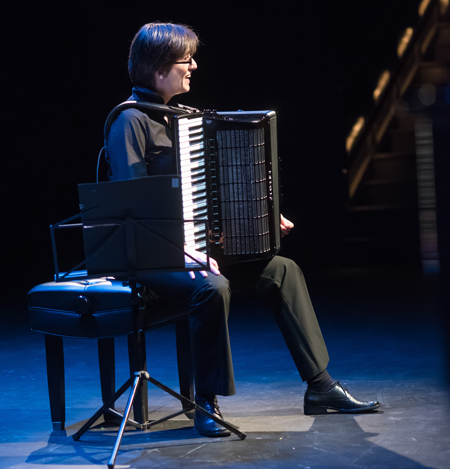by Mike Telin

Dating from 14th-century Spain, the Jewish prayer book that became known as the Sarajevo Haggadah went through many hands before ending up in Bosnia, having been rescued from destruction by such unlikely figures as a Jesuit priest in Venice and a Muslim imam in Sarajevo — who hid it from the Nazis in the library of his mosque during World War II after it was smuggled out of the Bosnian National Museum by its chief librarian.
That project was presented at the Cleveland Museum of Art in its original scoring for accordion and piano in November of 2015. This week Merima Ključo will return to Cleveland for six free performances of her orchestrated version of the work with Avner Dorman and CityMusic Cleveland as part of the orchestra’s “Two Faiths: One Spirit” project. Performances run from March 14-18 in Beachwood, Cleveland, Parma, Lakewood, and Elyria (see our Concert Listings for times and locations).
“This project is so exciting,” Ključo said via Skype from Mostar, Bosnia- Herzegovina. “I spoke to Eugenia Strauss in June of 2016 when I was here for ChamberFest. She came up with the idea, and now here we are.”
How did she go about turning a work for two players into a piece for accordion and chamber orchestra? “I wanted the accordion part to stay mostly the way it was in the original score. I did my best to arrange the piano part for orchestra. Every instrument has its own character in the journey of the Sarajevo Haggadah. Although the original is 50 minutes and this version is 30, the essence of the piece is there.”

Ključo has orchestrated the piece for pairs of flutes, oboes, clarinets, bassoons, horns, trumpets, and trombones, a single tuba, timpani, and strings. “It was exciting to figure out which instruments could best describe that horrible moment in history where people were forced to change their religion or leave. So instead of having the pianist hit the strings of the instrument like in the original version, I was able to create powerful drama with timpani and winds.
“In the opening movement — the creation of the world, which is from the Haggadah — I begin with oboes, and then introduce other instruments. During ‘La Convivencia,’ all the instruments are used and there is a lot of unison because the whole movement is about coexistence. It describes that moment in history where people lived together and enjoyed each other. I kept ‘Al Mora,’ the Moorish girl, as a movement for solo accordion.”

The composer/accordionist said that she has enjoyed having the opportunity to work with composer/conductor Avner Dorman. “When I sent him the first part of the score he gave some wonderful feedback. Avner is a composer and knows the orchestra really well, so I felt totally supported. It was great to have someone who can say, Hey, this doesn’t work.”
Ključo said the most difficult part of the project was figuring out how to begin the process of reworking the original score. “But the moment I started I could not stop. I could go hours and hours into the morning. When you’re hearing the instruments in your head, it is a powerful experience.”
Published on ClevelandClassical.com March 12, 2018.
Click here for a printable copy of this article



